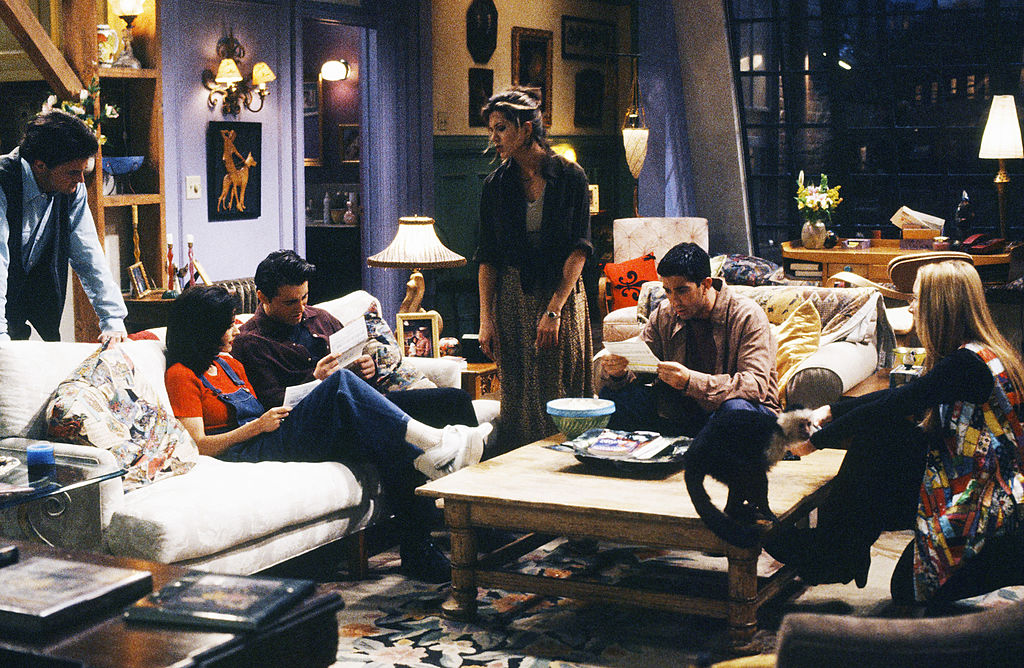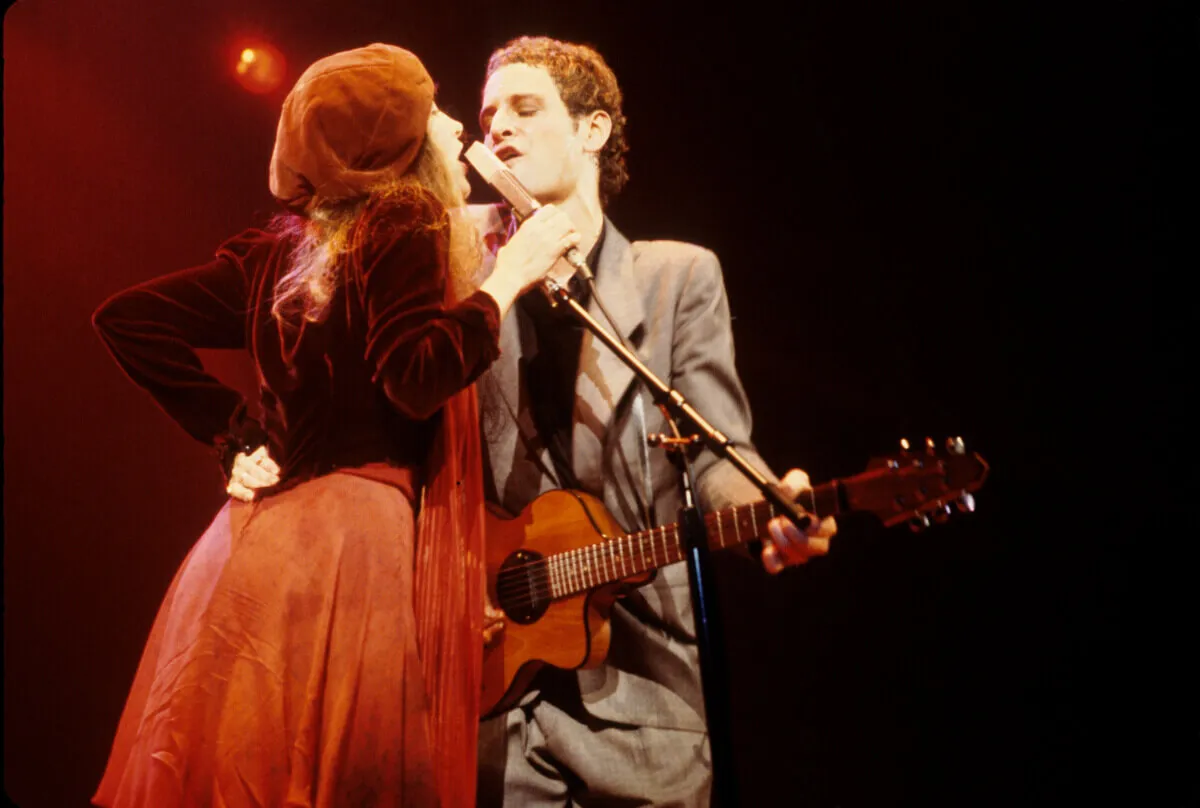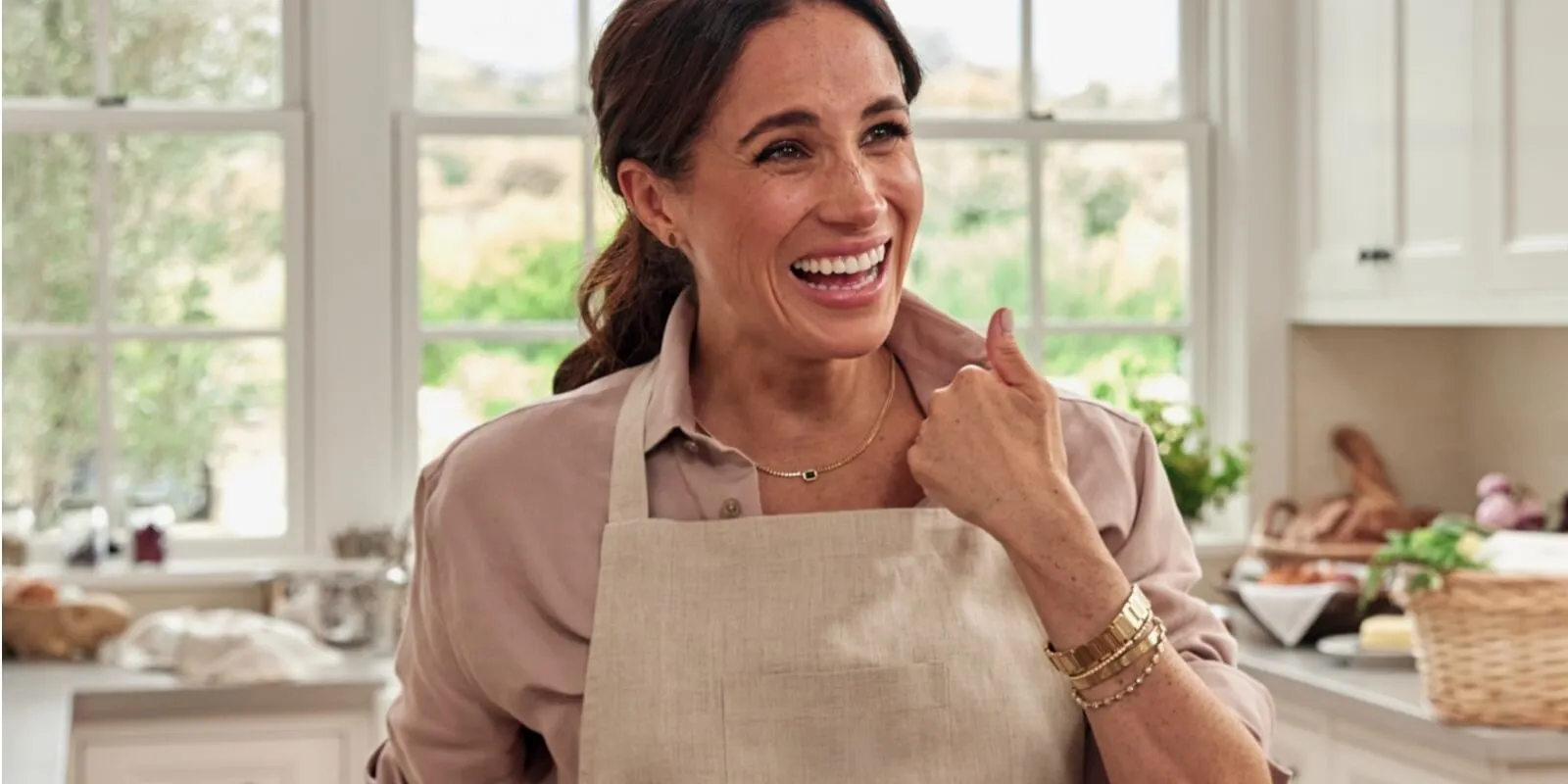‘Friends’: Could Monica and Rachel Actually Afford Their West Village Apartment?
Friends might be leaving Netflix, but that doesn’t mean we’ll be forgetting about everyone’s favorite pals. While the characters depicted in the iconic show have obviously moved on with their lives, fans in the midst of yet another re-watch still have plenty of questions. Could Monica and Rachel really afford their spacious and impeccably painted apartment? You probably already know the answer, but let’s dig into it.
What would Monica and Rachel’s apartment actually cost?
Monica and Rachel lived in an enclave of Greenwich Village known as the West Village. While the show was shot on a soundstage far from the bright lights of Broadway, the exterior shots for the show utilized a building located at the corner of Bedford Street and Grove Street. Rent for a spacious 2-bedroom, even during the 1990s would have cost around $2,500 per month. The New York Times notes that rent does fluctuate based on neighborhood, though. Even with varying rents, Monica and Rachel would have been priced out of their community, even in the 1990s.

Today, a similar apartment can cost upwards of $5,000 per month. Even with increased salaries, the duo wouldn’t have been able to swing the hefty rent and the lifestyle they enjoyed. Daily trips to the coffee house would likely be out of the question, so would ordering in food regularly. The writers did have an explanation for the generously-sized apartment though – rent-control.
The Friends writers relied on rent-control to explain how Monica and Rachel could afford their apartment
The writers behind Friends had to explain how the pair could afford such a large apartment on two rather modest salaries. Rent-control is the tactic they used. Rent-controlled apartments in New York City, are essentially apartments that are under regulations that don’t allow the landlord to raise the rent to market value if the original tenant maintains the lease.
The tenant, however, must have leased the apartment before 1971. Not all rental units qualify, either. According to Curbed, the residence must have been built before 1947 to be eligible for rent-controlled regulations.
During the run of the show, Monica explains that she inherited the apartment from her grandmother and paid just $200 per month in rent due to rent-control. The average cost of rent in the 1970s was already $335 per month on the island of Manhattan. By the 1990s, when Monica and Rachel had ownership of the unit, the average cost of rent in Manhattan was around $3,200 per month (the average rate includes neighborhoods with even higher costs of living), according to Curbed. Their unit would have also come at a premium due to its large size and balcony access.
While rent-control does offer a plausible explanation for how Monica and Rachel afforded to live in a prime Manhattan neighborhood, the amount stated seems a bit low, even with rent-control factored in. Assuming Chandler and Joey were merely dealing with rent-stabilization rather than rent-control, the pair would be even more unlikely to swing the rent. After all, Joey spent much of his time out of work, and Chandler was a data processor.
How Much did Monica and Rachel make?
As everyone knows, Monica spent most of her career as a head chef, save for some time as a short-order cook in a themed diner. While there is plenty of money to be made as a celebrity chef, your average head chef doesn’t make nearly as much as you would think. In the 1990s, the average salary for a chef would be far less than today, and even now most chefs, save for a few in dining meccas or at top-tier eateries, earn under $100,000 per year.
Rachel showed up on Monica’s doorstep sans savings or a clue about how the real world worked. Fresh off of her father’s credit line, Rachel grabbed a job as a coffee shop waitress. The average barista is pulling in around $10 per hour, according to PayScale. In the 1990s, Rachel was likely making closer to $5 per hour plus tips. Even if she were to work a 40-hour week, her check was unlikely to be for more than $200 per week, before taxes. In later seasons, Rachel found herself working in fashion, with a paycheck to match. At that point, she might have been able to swing a decent rent.


